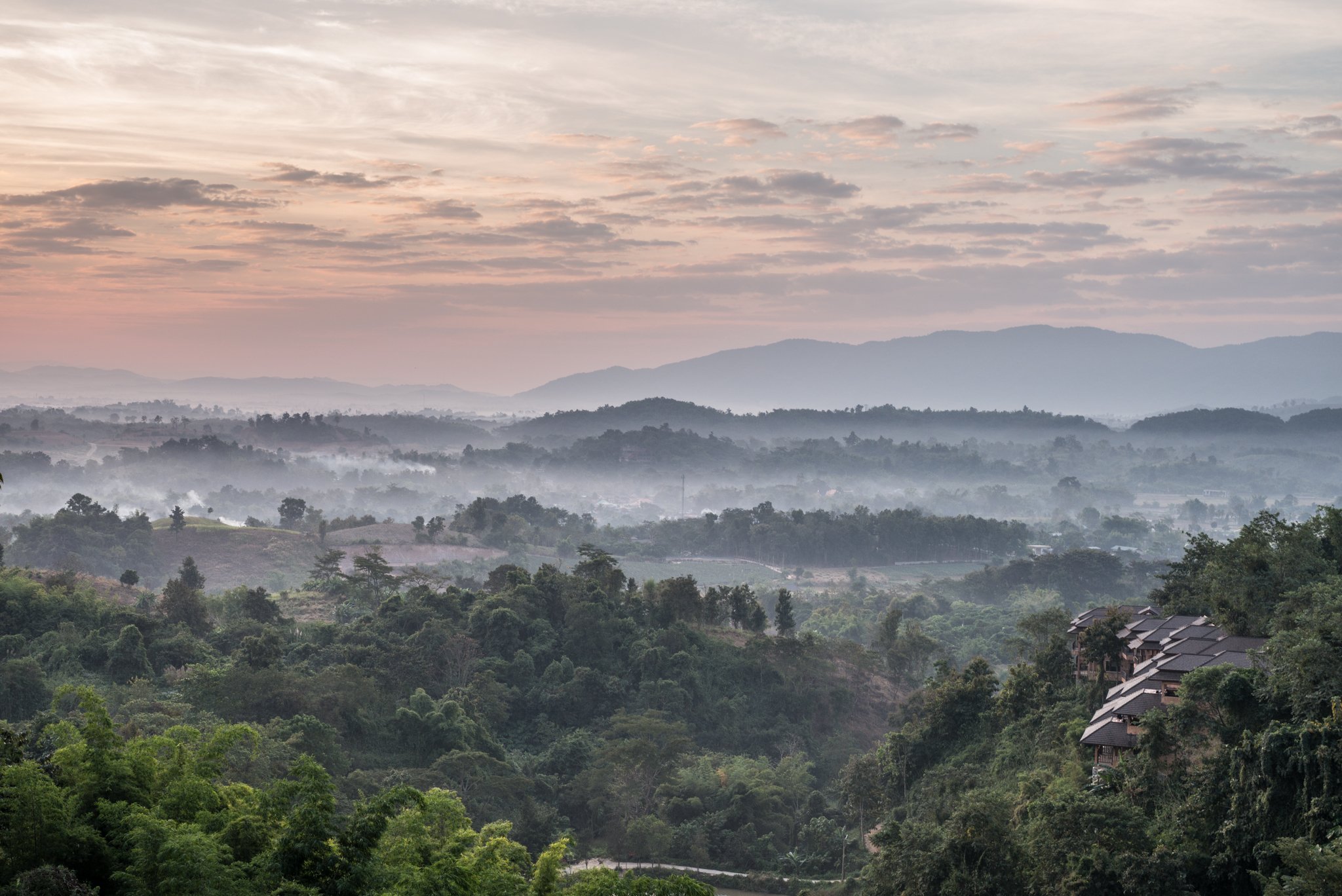People living in Thailand near the Myanmar border have been suffering for several months as a result of unknowingly inhaling poisonous hydrogen cyanide (HCN) released by a plant in Myanmar. The location of this factory was Myanmar. Over the past few months, residents of the Mae Sai region of the Ching Rai province have complained about a horrible odor and what appear to be low-lying, white clouds hovering over their homes. Residents have complained of continuous headaches, dizziness, coughing, and chest difficulties since they began breathing in the contaminated air. According to a Thai citizen who spoke with the media, the gas caused him to cough up blood. He stated this in a contemptuous manner, and I quote: “The locals can survive. In the end, each and every one of us will expire. I would like to thank you for your assistance and exceptional collaboration. Locals are furious that people from Thailand and other countries joined together to aid in the rescue of a young football team trapped in Tham Luang Cave. Still, they couldn’t care less about the hazardous gases and pollution emitted by the Mae Sai facility.
The hashtag #savemaesai, which is presently trending at the top of Thai Twitter, has been used by a growing number of individuals on social media to draw attention to the situation in recent weeks. A facility on the Myanmar side of the border is emitting poisonous vapors and smoke. The Environmental and Pollution Control Office 1 announced on Thursday, November 10 that they had investigated the local air quality. On November 11, they reached the end of their investigation, which claimed that their MultiRAE gas detector determined that the white smoke was HCN gas and that it emanated from the cyanide salt used by the company. The Environmental and Pollution Control Office Maesai Hospital has encouraged residents to use air purifiers, wear facemasks, and keep doors and windows closed. The majority of the community members do not have the financial wherewithal to acquire a gas mask or an air purifier, thus they were angered by this idea. Khaosod reported that the Thailand-Myanmar Township Border Committee (TBC) stated that Myanmar was aware of the situation. Burmese residents of the city of Tachileil were also hit by the same issue. The Myanmar Technical Building Commission (TBC) determined that the HCN gas originated from a calcium hydroxide facility known as Baan Lom It 999, which is located six to eight kilometers from the international boundary. The Thai government has said that they are keeping a close eye on the situation due to the fact that another factory located roughly 40 kilometers from the border employs a substantial number of HCN chemicals.

Residents of a Chiang Rai region were subjected to months of toxic hydrogen cyanide exposure
More from ThailandMore posts in Thailand »
- Top 20 Cannabis Shops: Where to Buy Weed in Ang Thong Vol 1, 2024
- Top 20 Cannabis Shops: Where to Buy Weed in Uttaradit Vol 1, 2024
- Royal Thai Police Deploy 30,000 Officers for New Year 2026
- Top 20 Cannabis Shops: Where to Buy Weed in Nakhon Sawan Vol 1, 2024
- Top 20 Cannabis Shops: Where to Buy Weed in Nakhon Si Thammarat Vol 1, 2024
- Top 20 Cannabis Shops: Where to Buy Weed in Chanthaburi Vol 1, 2024
- Top 20 Cannabis Shops: Where to Buy Weed in Saraburi Vol 1, 2024
- Top 20 Cannabis Shops: Where to Buy Weed in Phetchaburi Vol 1, 2024
- Top 20 Cannabis Shops: Where to Buy Weed in Phayao Vol 1, 2024
- Top 20 Cannabis Shops: Where to Buy Weed in Mae Hong Son Vol 1, 2024
- Top 20 Cannabis Shops: Where to Buy Weed in Nakhon Nayok Vol 1, 2024
- Top 20 Cannabis Shops: Where to Buy Weed in Phang-nga Vol 1, 2024

















Be First to Comment